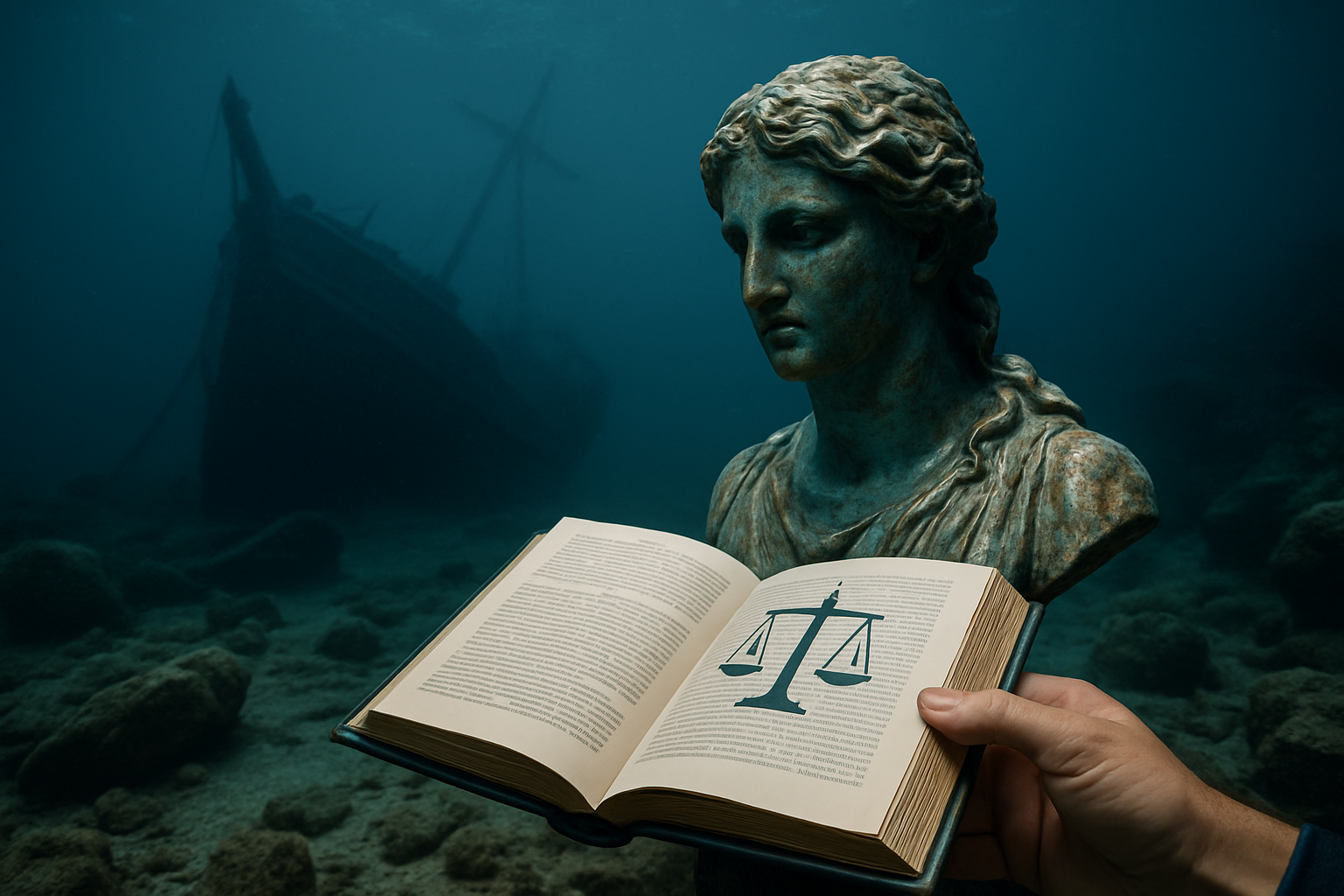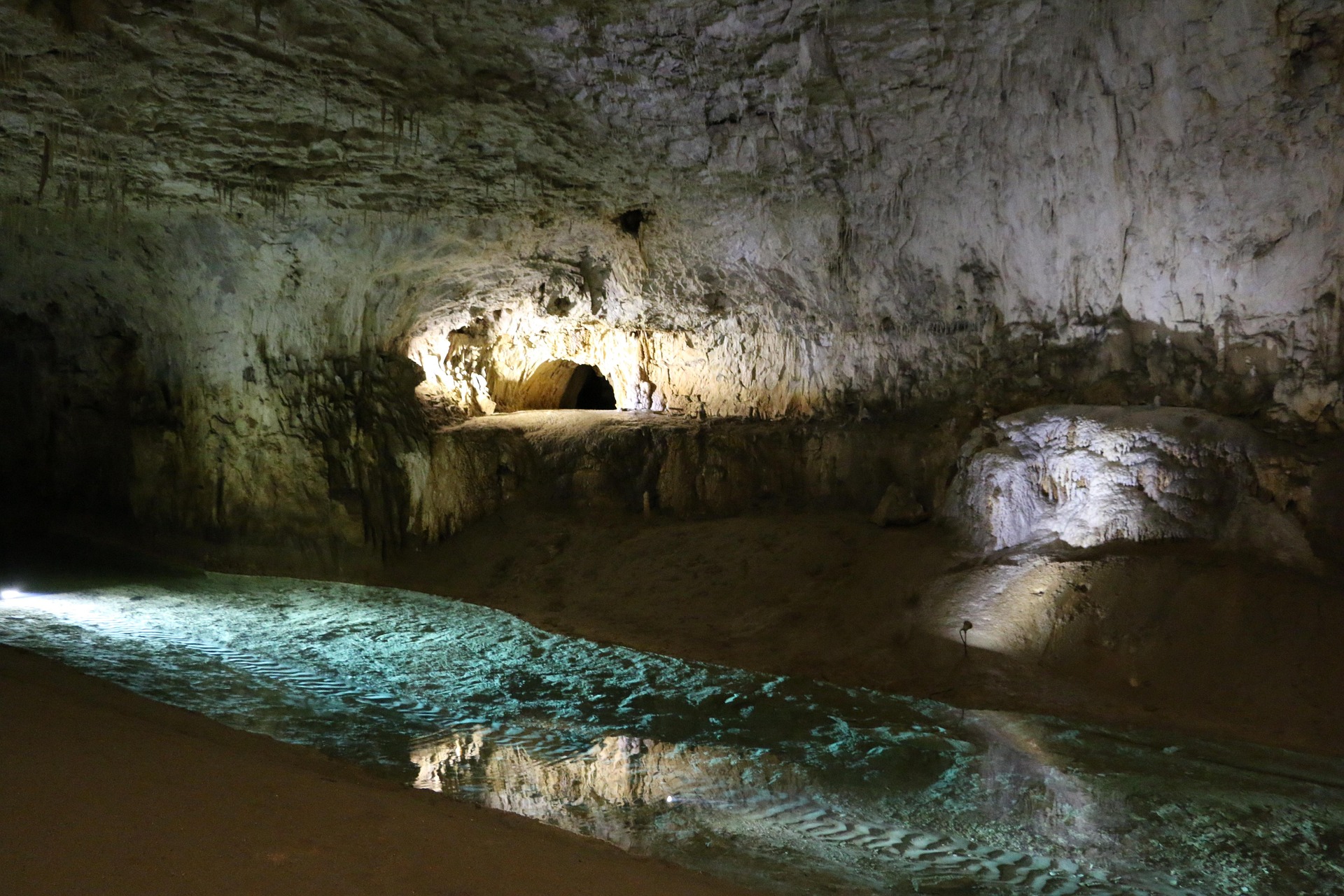Title: Unraveling the Legal Maze of Underwater Cultural Heritage
Introduction: Dive into the depths of maritime law as we explore the complex world of underwater cultural heritage protection. This article navigates the murky waters of international legislation, sovereignty disputes, and preservation efforts surrounding sunken treasures and historic shipwrecks.

Charting the Course of International Law
The United Nations Convention on the Law of the Sea (UNCLOS), adopted in 1982, laid the groundwork for maritime jurisdiction but fell short in addressing underwater cultural heritage specifically. Recognizing this gap, UNESCO adopted the Convention on the Protection of the Underwater Cultural Heritage in 2001. This landmark agreement aims to ensure the preservation of underwater cultural heritage for the benefit of humanity while respecting the sovereign rights of coastal states.
Navigating Territorial Waters and Exclusive Economic Zones
One of the most challenging aspects of underwater cultural heritage law is reconciling the principle of maritime sovereignty with the global interest in preserving historical artifacts. Coastal states have jurisdiction over their territorial waters, typically extending 12 nautical miles from shore. Beyond this, in the Exclusive Economic Zone (EEZ) extending up to 200 nautical miles, states have limited sovereign rights primarily focused on natural resource exploitation. The legal status of shipwrecks and artifacts found within these zones remains a subject of ongoing debate and negotiation among nations.
The Salvage Dilemma: Preservation vs. Commercial Interests
The intersection of traditional maritime salvage law and cultural heritage preservation presents a significant legal challenge. Salvage companies argue for the right to recover and sell artifacts from shipwrecks, citing the maritime tradition of rewarding those who rescue property at sea. Conversely, archaeologists and preservationists contend that underwater cultural heritage should be protected in situ for scientific study and public benefit. This conflict has led to high-profile legal battles and the development of new legal doctrines attempting to balance commercial interests with heritage preservation.
Emerging Technologies and Legal Adaptations
Advancements in underwater exploration technology, including autonomous underwater vehicles (AUVs) and sophisticated sonar systems, have revolutionized the field of marine archaeology. These innovations have also presented new legal challenges, such as the regulation of remote sensing activities in international waters and the ownership of data collected from underwater sites. Lawmakers and international bodies are now grappling with how to adapt existing legal frameworks to address these technological developments while ensuring the protection of underwater cultural heritage.
International Cooperation and Conflict Resolution
The transnational nature of underwater cultural heritage often necessitates international cooperation for effective protection and management. However, competing claims to historically significant shipwrecks, particularly those of military vessels, have led to diplomatic tensions and legal disputes. The case of the Spanish frigate Nuestra Señora de las Mercedes, sunk by British forces in 1804 and discovered by a U.S. salvage company in 2007, exemplifies the complex interplay of sovereign immunity, cultural heritage laws, and international relations in resolving such conflicts.
The Future of Underwater Cultural Heritage Law
As global interest in underwater cultural heritage continues to grow, the legal landscape is likely to evolve. Efforts are underway to harmonize national laws with international conventions and to develop more robust mechanisms for enforcing protection measures in international waters. Additionally, there is increasing recognition of the need to incorporate indigenous and local communities perspectives in the management of underwater cultural heritage, particularly in cases where submerged sites hold cultural or spiritual significance.
In conclusion, the legal protection of underwater cultural heritage represents a dynamic and evolving area of international law. As we continue to uncover the secrets hidden beneath the waves, the challenge lies in crafting legal frameworks that can effectively safeguard these irreplaceable treasures for future generations while navigating the complex waters of national sovereignty, commercial interests, and scientific exploration.





